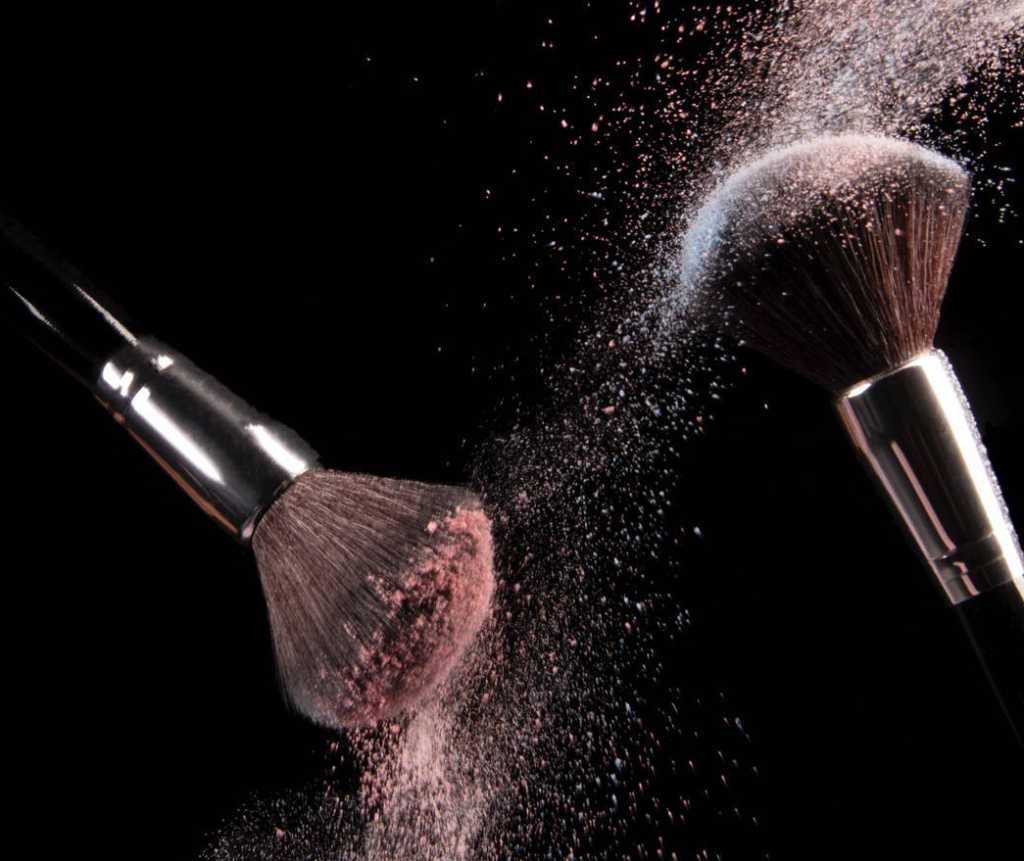On May 26th, 2021, the COMMISSION REGULATION (EU) 2021/850 was published, amending Annexes II, III, IV and VI of the “cosmetic regulation” (1223/2009). The changes concern the conditions of use of titanium dioxide and salicylic acid, as well as the extension of Annex II by new prohibited substances. The entire Regulation can be found at the link: https://eur-lex.europa.eu/legal-content/EN/TXT/PDF/?uri=CELEX:32021R0850&from=EN
And you can read about the details of the changes in the post below 🙂
TiO2 – the story continues…

Recently, there have been a lot of reports about titanium dioxide. Carc. 2 classification raised a lot of concern among consumers and triggered a need for an opinion by the SCCS on the safety of this substance in cosmetics. I wrote about the entire history of TiO2 and the details of the SCCS opinion from last year on my blog – you can read the post here: https://www.cosmeticscare.eu/en/titanium-dioxide-new-sccs-opinion/
Let us recall briefly what the main conclusions of the opinion SCCS/1617/20 were:
– The SCCS concluded that the use of pigmentary TiO2 in a conventional hair styling aerosol spray is safe up to a maximum concentration of 1.4% for general consumers and up to 1.1% for professional users – in this case: hairdressers;
– The safety assessment showed that the use of titanium white in loose powders (in a typical face makeup application) is safe for the general consumer up to a maximum concentration of 25%.
The aforementioned SCCS opinion has been reflected in cosmetic legislation, thus – in changes to Regulation 1223/2009. So, what are the changes regarding the use of titanium dioxide in cosmetics?
- Firstly, apart from Annex IV (colourant) and VI (UV filter), titanium dioxide is also included now in the Annex III (the list of substances which cosmetic products must not contain except subject to the restrictions laid down) in the entry 321. Titanium dioxide in powder form containing 1 % or more of particles with aerodynamic diameter ≤ 10 μm can be used in the following products:
a) Face products in loose powder form – at a maximum concentration of 25%, only in the pigmentary form;
b) Hair aerosol spray products – at a maximum concentration of 1.4% for general consumers and 1.1% for professional use, only in pigmentary form;
c) Other products – not to be used in applications that may lead to exposure of the end-user’s lungs by inhalation.
- Secondly, the conditions of TiO2 use as a colourant have changed (Annex IV). In addition to the purity requirements of this raw material, the following entry has been added to the position 143: “titanium dioxide in powder form containing 1% or more of particles with aerodynamic diameter ≤ 10 μm, to be used in compliance with Annex III, No [321]”.
- Finally, there is a change to Annex VI (list of UV filters allowed for use in cosmetic products), which also includes TiO2, in entry 27. It has been also added here that titanium dioxide in powder form containing at least 1% of particles with an aerodynamic diameter ≤ 10 μm must be used in accordance with Annex III.
Salicylic acid
Salicylic acid is another substance from the disgraceful CMR 2 category, which I wrote about here:https://www.cosmeticscare.eu/en/new-year-new-changes/
The latest changes for salicylic acid use have been implemented in Annex III, entry 98. Next to rinse-off hair products (a) and other products except: body lotions, eye shadows, mascaras, eyeliners, lipsticks, roll-on deodorants (b), the possibility of using this acid was added in the mentioned (c):

– body lotions,
– eye shadows,
– mascaras,
– eyeliners,
– lipsticks,
– roll-on deodorants.
The maximum concentration of salicylic acid in “category c)” cosmetics is 0.5%. Other conditions of use, including non-use in products for children under 3 years of age, in cosmetics with inhalation exposure and in the oral cavity, remain the same. It is worth noting that the maximum permitted concentrations of salicylic acid indicated in this annex cover all applications of this substance in a ready product. In other words, the total concentration of salicylic acid in the cosmetic (e.g. as a preservative and keratolytic substance) should be taken into account.
New CMR substances

Finally, we are left with new substances known to be carcinogenic, mutagenic or toxic to reproduction (CMR), which were included in the list of prohibited substances. Now Annex II includes, among others: cobalt, methylmercuric chloride, diisohexyl phthalate, 2-methylimidazole and dibutylbis(pentane-2,4- dionato-O,O’)tin. The full list of new banned substances can be found at: https://eur-lex.europa.eu/legal-content/EN/TXT/PDF/?uri=CELEX:32021R0850&from=EN
To sum up, the new changes in the cosmetic law concern: changes in the conditions of use of titanium dioxide and salicylic acid, as well as new prohibited substances for use in cosmetics. I know from certain sources that these are not the only changes this year. So, I encourage you to check the blog, because we will keep our finger on the pulse 🙂
Further fate of titanium dioxide and salicylic acid Read More »







